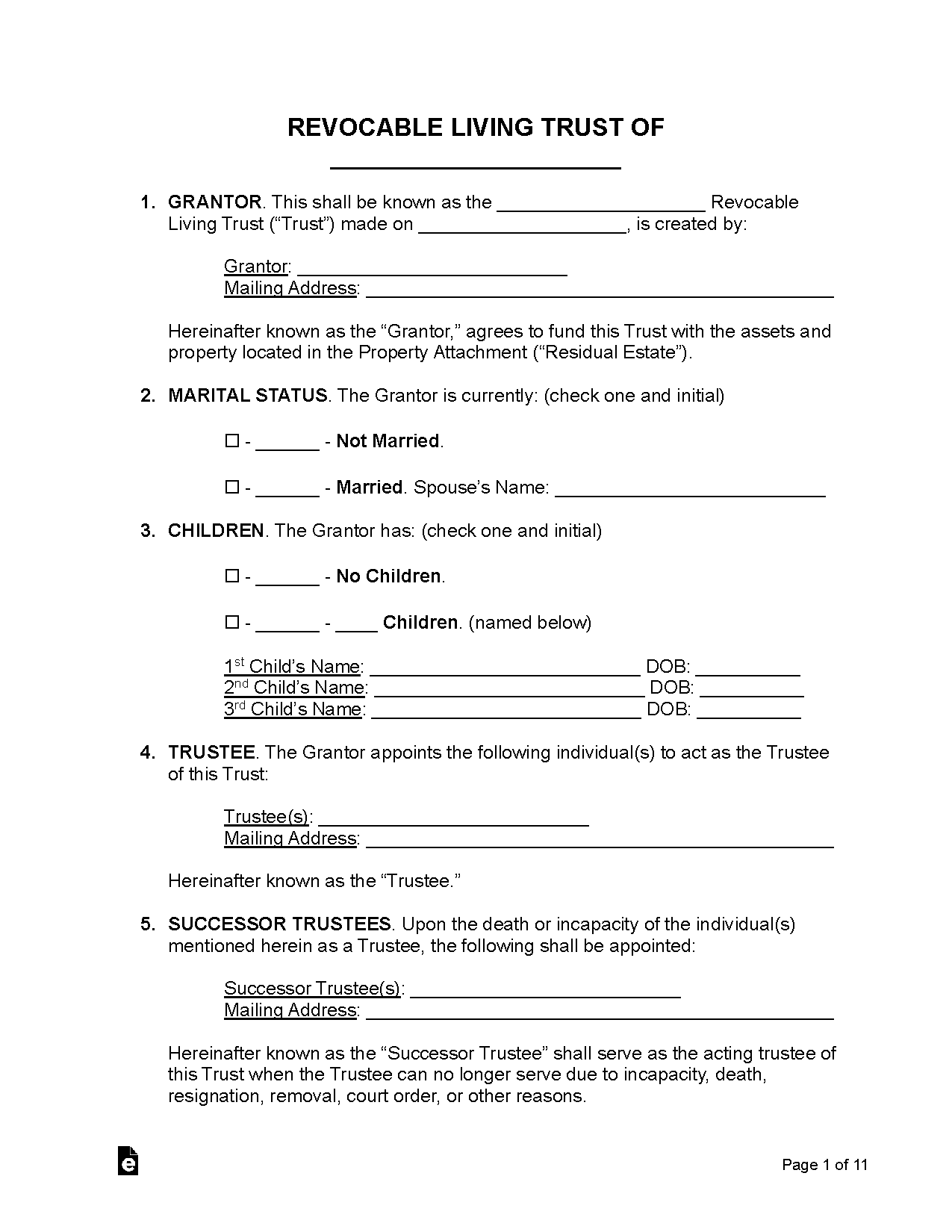Using an affidavit to challenge a trust interpleader case
In an interpleader action, the threshold issue is whether the stakeholder — here, LFG — can validly deposit the disputed funds with the court and obtain a discharge from further liability.
Under Federal Rule of Civil Procedure 22 (or comparable state interpleader statutes, such as 28 U.S.C. § 1335 for statutory interpleader), a stakeholder may seek discharge only if it demonstrates that:
-
It holds the disputed funds or property in good faith;
-
It faces competing claims to those funds; and
-
It is a neutral party without liability beyond the stake itself.
However, even a well-drafted affidavit supporting LFG’s motion can be disregarded procedurally if the entity submitting it is not properly before the court. In most jurisdictions, non-natural entities — such as trusts, foundations, or corporations — cannot appear pro se. Courts uniformly require such entities to appear through licensed counsel, per 28 U.S.C. § 1654 (federal) and equivalent state bar admission rules. See, e.g., Rowland v. California Men’s Colony, 506 U.S. 194, 202–203 (1993) (holding that artificial entities “may appear in federal courts only through licensed counsel”).
Thus, while James’s affidavit may be factually strong, it will carry no procedural effect unless properly submitted as an exhibit to an opposition brief filed by an attorney of record for the trustee or foundation. Without counsel’s formal appearance, the affidavit risks being stricken or ignored by the court.
Recommended litigation steps
To preserve your position and strengthen the record, the trustee or foundation should immediately:
- Retain counsel to enter an appearance on its behalf in the interpleader case.
- File a formal opposition to LFG’s motion for deposit and discharge, supported by: James’s affidavit (as an exhibit). Relevant documentary evidence (emails, correspondence, transactional history), and a memorandum of law addressing the stakeholder’s duties and any prior notice of wrongdoing.
Legal arguments to emphasize
In opposing LFG’s discharge, counsel should argue that:
- LFG is not a neutral stakeholder because it had prior notice of potential fraud or misconduct, which precludes equitable discharge. See Prudential Ins. Co. of Am. v. Hovis, 553 F.3d 258, 262–63 (3d Cir. 2009).
- Material omissions or inconsistent statements in LFG’s filings raise factual disputes requiring limited discovery before discharge can be granted.
- Premature discharge would prejudice other claimants and deprive the foundation of due process regarding its potential claims against LFG.
- Under Fed. R. Civ. P. 56(d) (if summary judgment-style relief is sought), the opposing party is entitled to discovery where material facts are disputed.
Additionally, the opposition may request:
- Attorneys’ fees and costs, if LFG’s conduct contributed to the interpleader’s necessity; or
- Denial or deferral of discharge pending discovery into whether LFG acted in good faith.
Summary
In short, even a compelling affidavit cannot substitute for proper representation and procedure. To maximize impact and preserve all claims:
- Engage licensed counsel immediately;
- File a structured opposition incorporating James’s affidavit; and
- Challenge LFG’s discharge on the grounds that it acted with prior knowledge of fraud and failed to remain a neutral stakeholder.
This approach both preserves the factual record and creates leverage for limited discovery or cost recovery before any stakeholder discharge is approved.
Full Conversation

I am seeking guidance regarding an interpleader action filed by Lincoln Financial Group (LFG) concerning a Living Trust. LFG moved for entry of judgment or to deposit funds into the court registry and be dismissed. The motion is pending; we’re preparing to respond.
Summary of facts:
- Cassandra ***** has been removed as next of kin on the official death certificate (confirmed by Benicia Police; public record).
- LFG’s attorney (Alexis Buese) filed papers omitting critical evidence, including fraudulent trust documents and emails showing LFG was told of fraud before filing interpleader.
- James Doe (witness/authorized representative) filed a notarized affidavit of good faith opposing LFG’s motion, attaching police reports and the amended death certificate showing Cassandra’s lack of standing.
- Hearing is approaching. We’re worried whether James’s affidavit is admissible without an attorney of record, and how best to leverage it to oppose LFG’s discharge for acting in bad faith and in collusion with the alleged suspect.
Questions:
-
Is the affidavit filed by James Doe (for the Foundation as Trustee) admissible if no attorney appears on the record?
-
How do we best leverage the affidavit to defeat LFG’s motion and show the suspect lacks standing due to fraud?

Has James Doe signed before a notary?

Yes.

Do you have additional documents supporting the affidavit?

Yes.

I will try to give some thoughts….
In an interpleader, the first question is whether the stakeholder (LFG) can deposit funds and be discharged. Even a strong affidavit can be disregarded if the party submitting it isn’t properly before the court. In most jurisdictions a trust, foundation, or other entity cannot appear pro se; a licensed attorney must appear. The affidavit may be valid factually, but it should be filed as an exhibit to an opposition by counsel who has formally appeared for the trustee/foundation.
To maximize impact, retain counsel to enter an appearance and file: (a) an opposition to LFG’s motion for deposit/discharge; and (b) supporting papers attaching James’s affidavit and exhibits. Use the affidavit to argue LFG’s discharge is improper because LFG had prior notice of fraud, omitted material facts, and is not a neutral stakeholder—precluding discharge and potentially supporting fees/costs or limited discovery before any discharge.

Yes and thank you!

In an interpleader action, the threshold issue is whether the stakeholder — here, LFG — can validly deposit the disputed funds with the court and obtain a discharge from further liability.
Under Federal Rule of Civil Procedure 22 (or comparable state interpleader statutes, such as 28 U.S.C. § 1335 for statutory interpleader), a stakeholder may seek discharge only if it demonstrates that:
-
It holds the disputed funds or property in good faith;
-
It faces competing claims to those funds; and
-
It is a neutral party without liability beyond the stake itself.
However, even a well-drafted affidavit supporting LFG’s motion can be disregarded procedurally if the entity submitting it is not properly before the court. In most jurisdictions, non-natural entities — such as trusts, foundations, or corporations — cannot appear pro se. Courts uniformly require such entities to appear through licensed counsel, per 28 U.S.C. § 1654 (federal) and equivalent state bar admission rules. See, e.g., Rowland v. California Men’s Colony, 506 U.S. 194, 202–203 (1993) (holding that artificial entities “may appear in federal courts only through licensed counsel”).
Thus, while James’s affidavit may be factually strong, it will carry no procedural effect unless properly submitted as an exhibit to an opposition brief filed by an attorney of record for the trustee or foundation. Without counsel’s formal appearance, the affidavit risks being stricken or ignored by the court.
Recommended litigation steps
To preserve your position and strengthen the record, the trustee or foundation should immediately:
- Retain counsel to enter an appearance on its behalf in the interpleader case.
- File a formal opposition to LFG’s motion for deposit and discharge, supported by: James’s affidavit (as an exhibit). Relevant documentary evidence (emails, correspondence, transactional history), and a memorandum of law addressing the stakeholder’s duties and any prior notice of wrongdoing.
Legal arguments to emphasize
In opposing LFG’s discharge, counsel should argue that:
- LFG is not a neutral stakeholder because it had prior notice of potential fraud or misconduct, which precludes equitable discharge. See Prudential Ins. Co. of Am. v. Hovis, 553 F.3d 258, 262–63 (3d Cir. 2009).
- Material omissions or inconsistent statements in LFG’s filings raise factual disputes requiring limited discovery before discharge can be granted.
- Premature discharge would prejudice other claimants and deprive the foundation of due process regarding its potential claims against LFG.
- Under Fed. R. Civ. P. 56(d) (if summary judgment-style relief is sought), the opposing party is entitled to discovery where material facts are disputed.
Additionally, the opposition may request:
- Attorneys’ fees and costs, if LFG’s conduct contributed to the interpleader’s necessity; or
- Denial or deferral of discharge pending discovery into whether LFG acted in good faith.
Summary
In short, even a compelling affidavit cannot substitute for proper representation and procedure. To maximize impact and preserve all claims:
- Engage licensed counsel immediately;
- File a structured opposition incorporating James’s affidavit; and
- Challenge LFG’s discharge on the grounds that it acted with prior knowledge of fraud and failed to remain a neutral stakeholder.
This approach both preserves the factual record and creates leverage for limited discovery or cost recovery before any stakeholder discharge is approved.

Yes and thank you!

You’re welcome. If you need anything else, you can ask for me as @#1 Legal Eagle.





